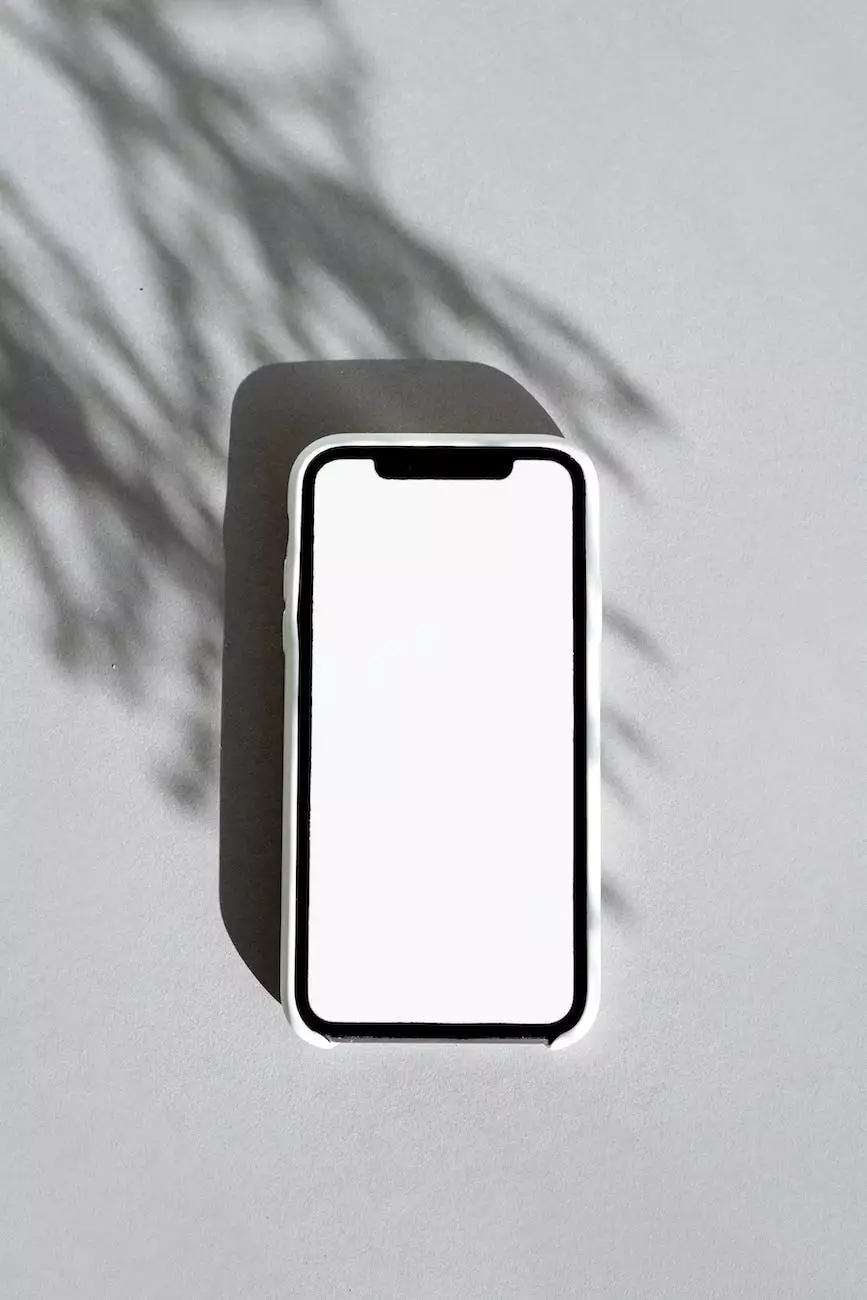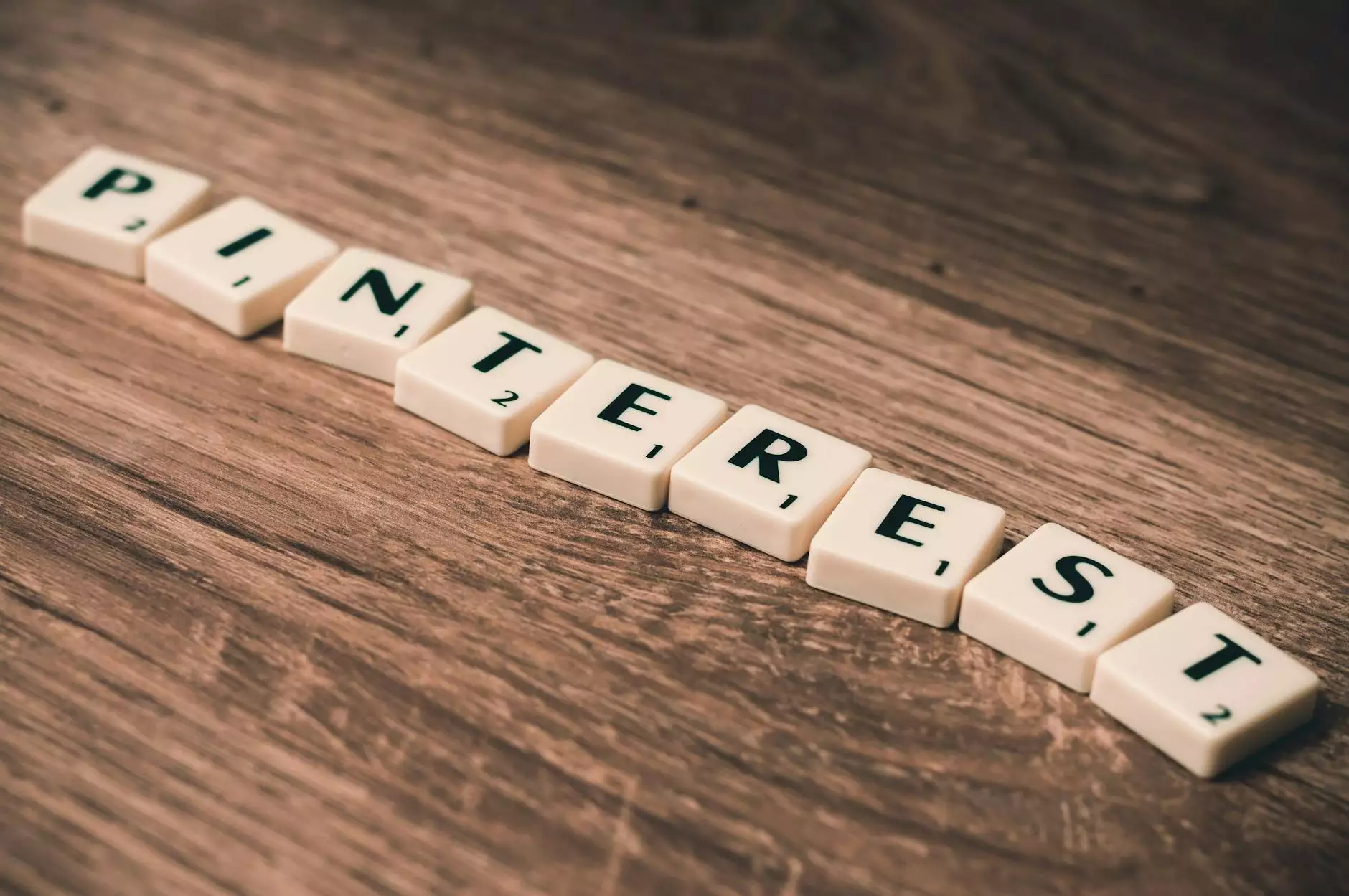How To Make Your Art Files Production Friendly
Blog
Introduction
Welcome to SEO-Web Technologies, your trusted partner in the world of digital marketing. In this guide, we will walk you through the essential steps to make your art files production friendly. Whether you are a designer, illustrator, or a business looking to optimize your artwork for print or web, these expert tips will help you achieve optimal results.
Understanding Production Requirements
When it comes to creating art files, understanding the production requirements is crucial. Different mediums, such as print and web, have specific guidelines and specifications that you need to adhere to. By knowing these requirements, you can ensure that your artwork is ready for production without any last-minute hiccups.
Print Production
If you are creating artwork for print, it is essential to work with high-resolution files. Printers typically require images with a DPI (dots per inch) of at least 300 to ensure crisp and clear prints. Using low-resolution images can lead to pixelation and poor print quality, so always prioritize high-quality files.
Web Production
When optimizing art files for the web, file size plays a critical role in determining website performance. Compressing and optimizing your images can help improve website loading times and provide a better user experience. Consider using web-friendly formats like JPEG or PNG and leverage various online tools to reduce file sizes without compromising image quality.
File Formats
Choosing the right file format is imperative for production-friendly art files. Here are a few common formats used in the industry:
- AI (Adobe Illustrator): Ideal for vector-based graphics and scalable artwork.
- EPS (Encapsulated PostScript): Widely used for high-resolution print files and compatibility across different design applications.
- PDF (Portable Document Format): Suitable for sharing files across platforms while maintaining the integrity of the design.
- JPEG (Joint Photographic Experts Group): Commonly used for web images and photographs, providing a good balance between quality and file size.
- PNG (Portable Network Graphics): Recommended for web graphics with transparency, preserving image quality without significant loss.
- SVG (Scalable Vector Graphics): Perfect for responsive web design and logos that need to scale across different devices.
Color Modes
Understanding color modes is crucial to ensure accurate reproduction of your artwork. There are two primary color modes used in the industry:
- RGB (Red, Green, Blue): Typically used for web-based projects and digital displays.
- CMYK (Cyan, Magenta, Yellow, Key): Preferred for print production to achieve accurate color representation.
Fonts and Text
When it comes to typography, selecting the right fonts and ensuring proper text formatting is essential for production-friendly art files. Here are a few key considerations:
- Select fonts that are commercially licensed or available for free commercial use to avoid any copyright issues.
- Outline or convert fonts to paths to ensure consistency across different systems or software.
- Embed or include font files to prevent font substitution issues during production.
- Proofread your text to avoid any spelling or grammatical errors that may affect the overall quality of your artwork.
Organizing Layers and Artboards
Properly organizing layers and artboards within your art files can significantly enhance production efficiency. By keeping your files tidy and well-structured, you can easily navigate through different design elements, make revisions efficiently, and ensure smooth collaboration with other stakeholders involved in the production process.
Quality Assurance and Testing
Before finalizing your art files for production, it is crucial to conduct thorough quality assurance and testing. This step helps identify any potential issues or errors that may impact the final output. Here are a few recommendations:
- Inspect each element of your artwork to ensure proper alignment and consistency.
- Check for any missing or linked files that may cause production delays.
- Test your artwork across different devices and browsers to ensure optimal web compatibility.
- Print a sample to review color accuracy, sharpness, and overall print quality.
Conclusion
Congratulations! You have now learned how to make your art files production friendly. By following these expert tips and best practices, you can optimize your artwork for both print and web production. Remember to always stay up to date with industry standards and guidelines to ensure the best possible results. At SEO-Web Technologies, we are committed to helping businesses like yours succeed in the digital landscape. Contact us today to learn more about our comprehensive digital marketing services.










